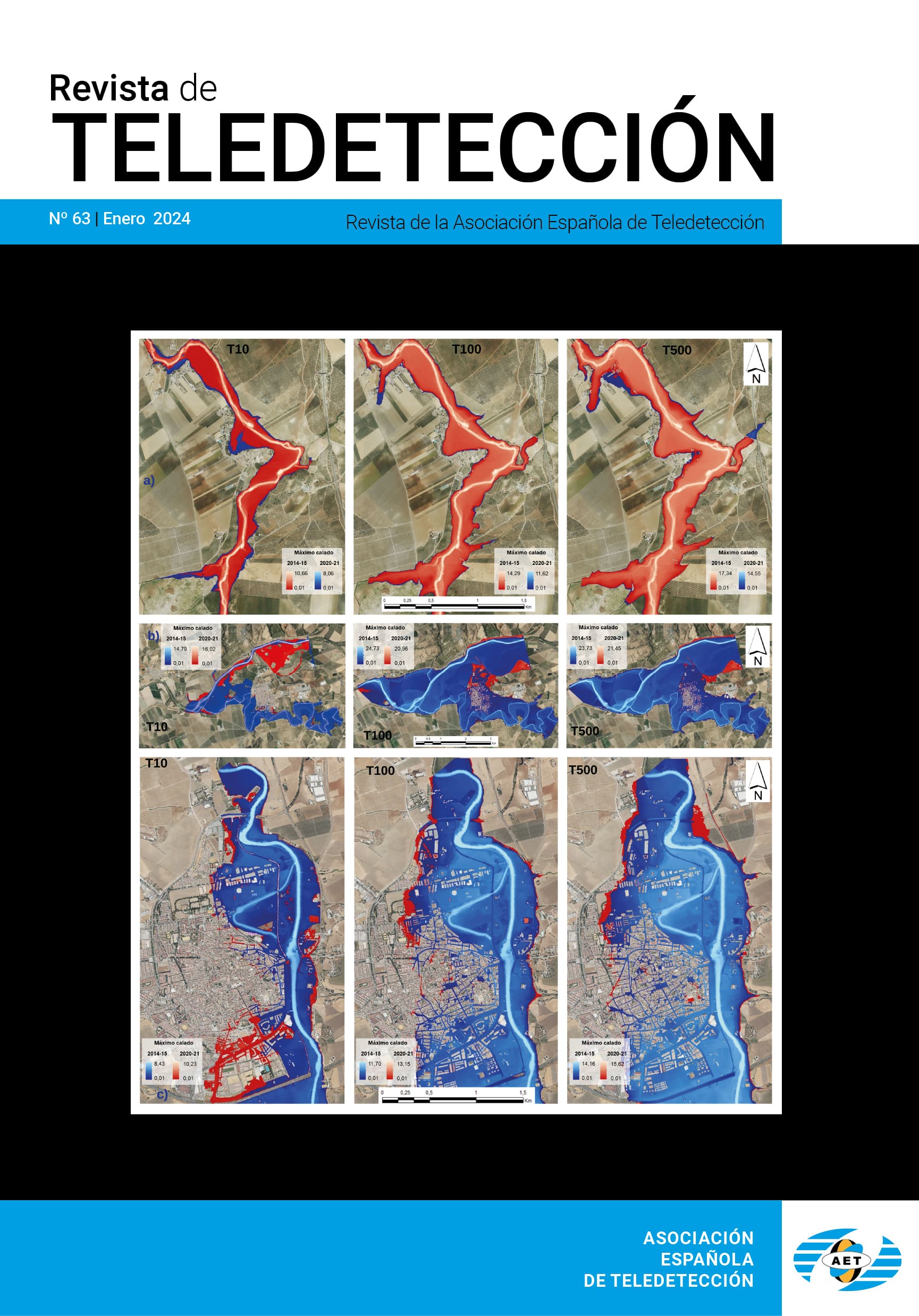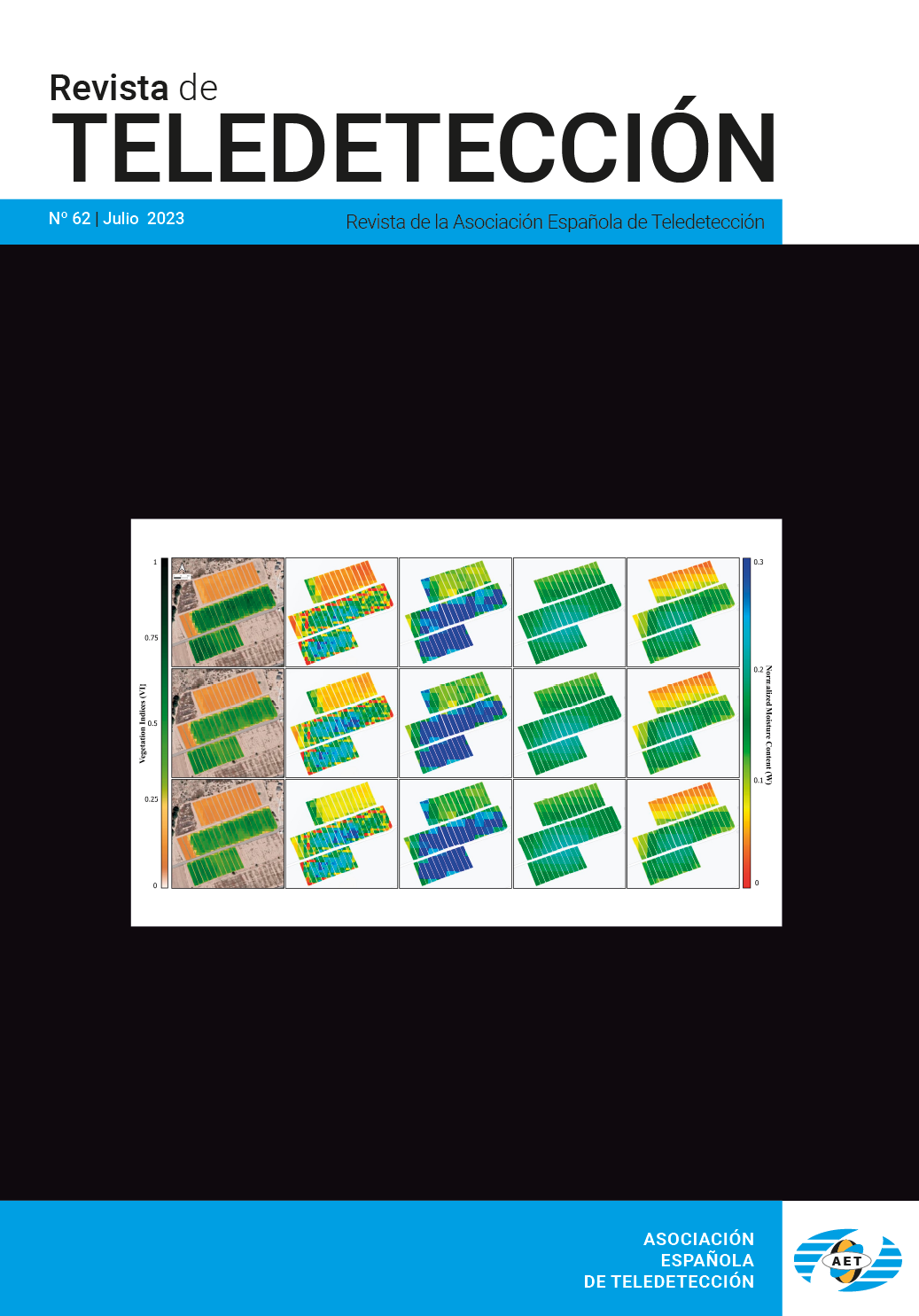Detection of the urban heat-Island effect from a surface mobile platform
A. Jaschke Machado and T. Rezende de Azevedo
RESUMEN
Se ha medido la temperatura superficial de las calles estrechas, largas y profundas de la ciudad de Sao Paulo mediante el uso de termómetros infrarrojos de precisión (IRTs). Estos instrumentos van montados en una plataforma móvil, que se mueve por las calles. Los diagramas térmicos se determinaron a lo largo de transeptos sobre diferentes tipos de suelo y de ocupación del mismo, en las primeras horas del típico periodo nocturno de la estación seca. La temperatura del aire también se midió, junto con el flujo convectivo QH, entre la atmósfera y los edificios. La presencia de una isla de calor atmosférica alrededor del centro urbano se identificó bien, con un valor de 2ºC. Sobre la vertical parece que este fenómeno no es tan claro, aunque se detectó una oscilación térmica máxima de 6ºC entre las superficies más frías y la atmósfera.
ABSTRACT
The surface temperature of the urban canyons in the city of São Paulo is remotely estimated through the use of precision infrared thermometers (IRTs). These instruments are set up on a mobile platform, which moves through the bottom of the canyons. The thermal patterns are verified, along a traverse, through the different kinds of soil coverage and occupation, during the early hours of a typical nocturnal period during the dry season. Air temperature measurements are also taken as well as estimates of the convective QH flux, between the atmosphere and urban buildings. The presence of an atmospheric urban heat island is well identified around the urban center, with a magnitude of 2°C. Over the vertical surface it appears that this phenomenon is not pronounced, although maximum thermal amplitude of around 6°C between the colder analyzed surfaces and the warmer atmosphere is identified.
PULSE AQUI PARA DESCARGAR EL ARTÍCULO COMPLETO.




















